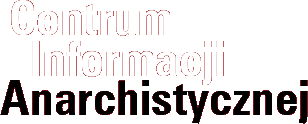Fiat Tychy Tries to Impose Worse Conditions
The management of FIAT in Tychy are trying to get the unions to agree to even worse working conditions. The company is trying to make use of the "Anti-Crisis Act" to change, among other things, work schedules.
The Anti-Crisis Act was enacted in Poland last year and was meant to "save" companies which were seeing a decrease in turnover by allowing them to change work conditions. Under the Act, firms which were negatively effected by the crisis would be allowed, among other things, to force workers to accept more flexible work schedules. In practice this could mean that they could have to work 4 hours per day in times when demand fell, but 12 hours a day, without overtime, at other times. This can also be achieved by applying a 12-month accounting period for calculating overtime; the government enacted legislation allowing firms to do this last year.
Although FIAT in Tychy had record production last year, it is trying to convince the unions that it is now "in crisis". The only crisis in Tychy however can be caused by a decision of the company to move the production of the Panda to Italy, after agreeing with unions to accept worse working conditions over there.
The company asked unions last week to agree to the new conditions which would impose both the flexible work plan and the 12 month accounting period.
Officially, Fiat is saying that it still hasn't decided whether or not to move Panda production to Italy. In this way, it is still trying to negotiate more concessions from workers.
At the same time, some unions at Fiat are coming up with suggestions on how to "save" they factory in Tychy. August 80 union, for example, would like to lobby to have the factory included in a special economic zone so that it could get tax relief.






